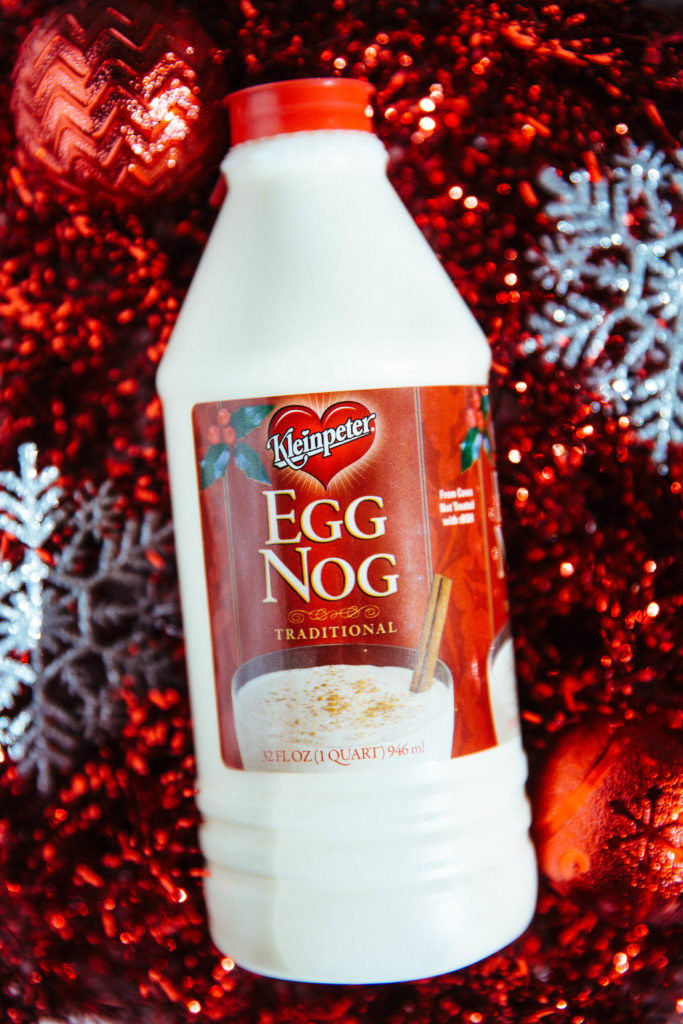You either love it or you hate it: The thick, frothy white beverage that appears on shelves around Thanksgiving is known to garner strong emotions. Despite the warm climate of southern Louisiana, that’s not stopping people from getting their eggnog fix (or serving up nog daiquiris).
Last year, Kleinpeter Farms Dairy produced 40,000 gallons of eggnog, says general manager Kenny Kleinpeter.
Production of the drink varies by demand, which depends heavily on the climate, as well as distribution deals. Like Louisiana’s unpredictable weather, demand fluctuates week to week, usually peaking near Christmas and during a cold front, such as the recent snow day.
|
|
|
 The seasonal beverage is more expensive to produce than Kleinpeter Dairy’s regular products, as it contains butter fat, eggs, cream and milk, of course. “It’s a risky card game,” Kleinpeter says. “It really is an expensive glass of milk.”
The seasonal beverage is more expensive to produce than Kleinpeter Dairy’s regular products, as it contains butter fat, eggs, cream and milk, of course. “It’s a risky card game,” Kleinpeter says. “It really is an expensive glass of milk.”
Although demand for the seasonal beverage usually drops right after Christmas, there are a few nog lovers who want to have the drink year-round, Kleinpeter says. He advises customers to freeze the eggnog, and thaw in the refrigerator.
It’s no wonder people want to keep their nog past the holidays; Kleinpeter Dairy hasn’t changed its formula since 1975 (with the exception of swapping granulated sugar for fructose). “That’s something you don’t mess around with,” says Bud Kleinpeter, the dairy’s quality assurance practitioner.
The dairy farm on Airline Highway makes one to two batches a week during the season, which averages about 10 weeks. Kleinpeter Dairy starts eggnog production right after Thanksgiving and goes through the New Year, although it has begun as early as Halloween and gone into late January, Kenny Kleinpeter says.
|
|
|
How it’s made
A typical batch is anywhere from 400 to 1,600 gallons. The dairy uses a high-speed blender to blend all the ingredients with milk, then pumps the mixture into its 2,000-gallon batch tank where the ingredients are pasteurized. During the pasteurization process, the mixture is heated up and cooled, pressurized and then moved to a storage tank, where it’s bottled from there. Altogether, the process takes around four hours to make a 400-gallon batch, Bud Kleinpeter says.
By the numbers
A 400-gallon batch of Kleinpeter eggnog consists of:
- 308 gallons of milk
- 42 gallons of cream
- 50 gallons of fructose
- 187 pounds of a blended whey and milk powder
- 15 pounds of egg yolk
- 5 gallons of egg nog concentrate
- A stabilizer to ensure the mixture doesn’t separate
Find Kleinpeter’s eggnog at your local retailer. Find a list of all the areas the dairy services here.





